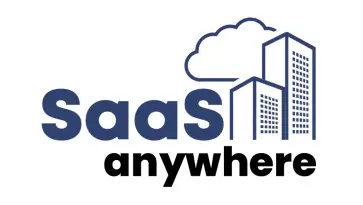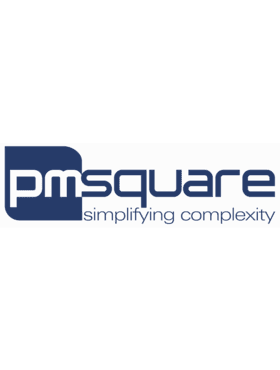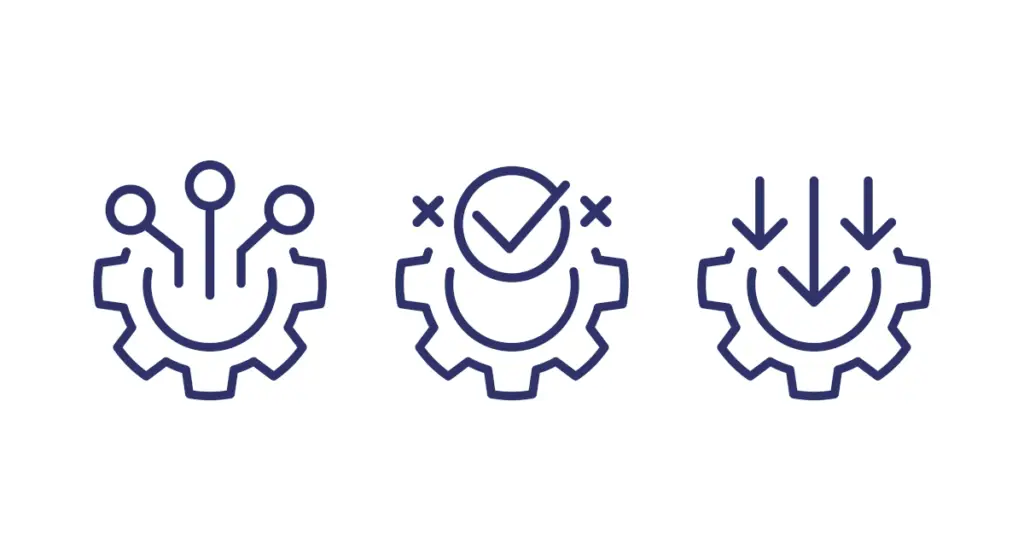
October 13, 2025
Get the Best AI Governance Solution
for Your Business Today!
Your marketing team just used a free AI tool to generate brilliant ad copy. Your finance department is using an unsanctioned plugin to summarize quarterly reports. Your developers are experimenting with an open-source AI model to debug code. On the surface, this looks like innovation – a quick win in the race for efficiency. But as a business leader, you have to ask: Do you know about it?
If the answer is no, you’re not alone. Welcome to the world of Shadow AI.
Table of Contents
Similar to “Shadow IT” which has been a challenge for IT departments for decades, Shadow AI is the use of artificial intelligence tools, platforms, and applications by employees without the organization’s explicit knowledge, approval, or oversight. It’s not born from malicious intent; it’s driven by a desire for innovation and productivity. Your team is resourceful. They see a problem and find a tool that solves it fast. But this well-intentioned proactivity is creating a new and significant layer of hidden risk that leaders can no longer afford to ignore. These shadow AI risks extend far beyond a simple policy violation, threatening your data security, compliance posture, and even your competitive standing.
For business leadership, understanding and addressing Shadow AI is not a matter of if, but when. It’s a critical conversation about balancing innovation with security, and productivity with privacy.
Why Is Shadow AI Everywhere?
The consumerization of powerful AI has put advanced capabilities at everyone’s fingertips, and your most proactive employees are seizing the opportunity. Shadow AI is a direct result of employees trying to do their jobs better and faster.
They use it to:
- Boost Productivity: Automating repetitive tasks like summarizing long documents, writing emails, or generating meeting notes.
- Spark Creativity: Brainstorming marketing slogans, creating presentation outlines, or generating initial design concepts.
- Solve Problems: Analyzing data sets for quick insights or writing code snippets to overcome a technical hurdle.
From an employee’s perspective, these tools are simply a way to deliver better results more efficiently. The problem is that this grassroots adoption is happening in a vacuum, completely disconnected from your organization’s security protocols and data governance frameworks.
The Hidden Risks Lurking in the Shadows
While employee-led innovation is valuable, unmanaged AI adoption introduces a new class of threats that can have severe consequences. For business leaders, these are the blind spots that can quickly escalate into crises.
1. Catastrophic Data Security and Privacy Breaches
This is the most immediate and significant risk. When an employee pastes sensitive information, like customer PII, confidential financial data, proprietary source code, or strategic plans, into a public AI model, you lose control of that data. You don’t know where it’s being stored, who has access to it, or if it’s being used to train future versions of the model. Every prompt sent could be a window into your company’s most sensitive data.
2. Compliance and Regulatory Nightmares
Regulations like GDPR, HIPAA, and CCPA carry strict rules about data handling and privacy. Feeding customer or patient data into an unsanctioned AI tool can easily lead to non-compliance. A single violation could result in crippling fines, legal battles, and irreparable damage to your company’s reputation. Without oversight, you have no way to ensure these powerful tools are being used in a compliant manner.
3. The Proliferation of Inaccurate or Biased Information
AI models are not infallible. They can “hallucinate” and generate convincing, but entirely inaccurate, information. If an employee uses an AI-generated statistic for a board presentation or a flawed legal summary for a contract, decisions could be made based on faulty data. Furthermore, AI models can reflect and amplify existing biases, leading to outputs that are unfair, unethical, or discriminatory. There is no quality control or validation process, making the output untrustworthy for mission-critical tasks.
4. Loss of Intellectual Property (IP)
The terms of service for many free AI tools are murky at best. Does your company retain ownership of the content generated? By inputting proprietary information, are you inadvertently granting the AI provider a license to use your IP? Relying on Shadow AI for innovation could mean you are building your next great idea on a foundation you don’t own.
From Threat to Opportunity: A Leadership Framework for AI Governance
The knee-jerk reaction to Shadow AI might be to ban it outright. However, this approach is often counterproductive. It drives usage further underground and stifles the very innovation you want to encourage. The better path is to embrace the signal that Shadow AI provides: your organization is hungry for AI-powered tools.
Effective business leadership can turn this risk into a strategic advantage. Here’s how:
- Illuminate, Don’t Eliminate: The first step is to understand the scope of the issue. Instead of cracking down, engage with your teams. Survey them to find out what tools they are using and what problems they are trying to solve. This foundational intelligence is invaluable for building a relevant and effective AI strategy.
- Establish a Clear AI Governance Policy: Create a living document that outlines the rules of engagement for AI. This policy should define acceptable use, list approved and vetted AI tools and provide clear guidelines on what data can and cannot be used with these platforms. It should be act as guardrails, not a gate.
- Educate and Empower Your People: Your employees are your first line of defense. Train them on the risks of Shadow AI, the specifics of your governance policy, and best practices for secure AI interaction. When employees understand the “why” behind the rules, they become partners in responsible AI adoption rather than adversaries.
- Provide Sanctioned, High-Value Alternatives: The most effective way to combat Shadow AI is to provide better, safer alternatives. Create a curated portfolio of vetted, enterprise-grade AI tools that meet your team’s needs for efficiency and innovation. Establish a sandbox environment where employees can safely experiment with new AI technologies under IT supervision.
Turning Shadows into a Competitive Edge
Shadow AI is a strategic challenge that requires engaged business leadership. The unsanctioned use of AI in your organization is a clear indicator that your teams are actively seeking ways to innovate and improve.
By channeling that energy through a thoughtful governance framework, you can mitigate the AI risks while harnessing the immense potential of artificial intelligence. This proactive approach transforms a hidden threat into a structured, secure, and powerful engine for business growth.
Conclusion
Navigating the complexities of Shadow AI requires a clear strategy and a robust governance plan. PMsquare specializes in helping organizations establish responsible AI frameworks, turning hidden risks into measurable results.
Explore our Shadow AI and AI Governance Solution to learn how your business can unlock the full potential of AI with confidence. Ready to take the next step? Contact us to build your AI governance plan and drive innovation securely and responsibly.
And to stay ahead with the latest AI, cloud, and analytics updates, be sure to subscribe to our newsletter for expert insights delivered directly to your inbox.









